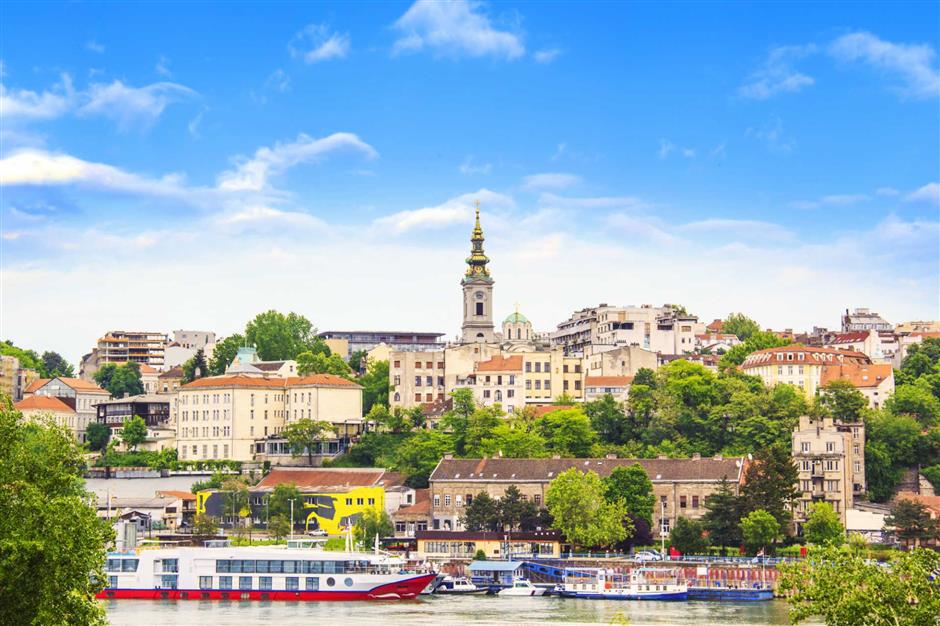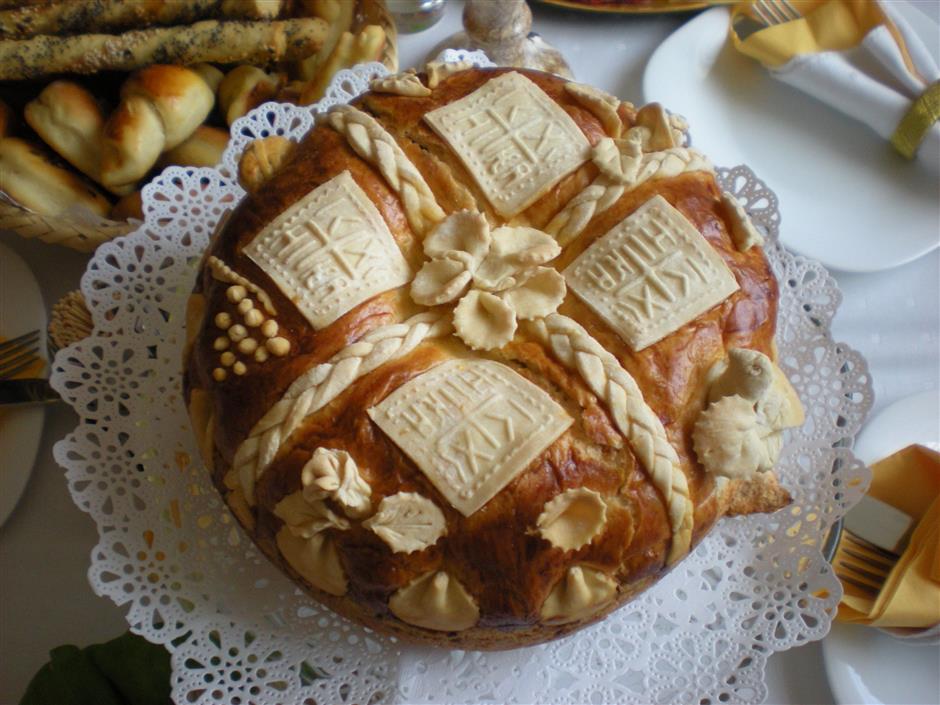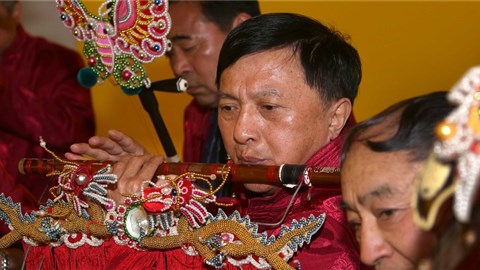Serbia and China: Peoples far apart but with much in common
China and Serbia are close friends, so close they share an "ironclad friendship" that has withstood the test of time and thrives despite shifts in the global landscape.
However, it is less-known that the ties between the two countries go beyond bilateral relations – further back in history and beyond economic and sociopolitical cooperation.
Long before it was part of Yugoslavia, Serbia was an independent state formed by Slavic people who are said to have migrated to the western and central part of the Balkan Peninsula in Southeastern Europe around the 7th century. While many unified states formed in the early years of their presence in the area, the Serbs managed to gain continuity and strength in the mid-12th century under the Nemanjić Dynasty.
For around three centuries, Serbia was a powerful Balkan state that even managed to secure religious independence, having its own Serbian Orthodox Christian church with own leader. However, living in an area that was the frontier of many empires, the Serbs struggled to keep their freedom. In the mid-15th century, they became part of the Ottoman Empire, and Turkish rule significantly influenced Serbian culture.
Still, the desire for independence prevailed, and in a series of uprisings, the Serbs regained their state in the mid-19th century. After that, for most of the 20th century, Serbia was part of a larger union with other South Slavic people up until the breakup of Yugoslavia in the 1990s.

The capital city of Serbia, Belgrade
Today, Serbia is an independent republic in which modern European values and notions of progress exist alongside the strong patriarchal peasant tradition that was fortified during the Ottoman era, all rooted in the unifying strength of the Serbian Orthodox Church.
Serbs often define their identity as being at the crossroads of different civilizations and different religions – Serbia is said to represent the East to the West and the West to the East. As the culture developed between the Catholic Christian Austro-Hungarian Empire and the Muslim Ottoman Empire, Orthodox Christianity became a defining cultural trait for the Serbs.
However, since not all Serbs are religious, the religion evolved to incorporate many customs from pagan traditions. A prime example is the famous Serbian Slava – an annual celebration of a family's patron saint, which was inscribed on UNESCO's Intangible Heritage List in 2014.
The Slava is tied with the Serbian Orthodox Church, but it is celebrated even by those who do not observe other religious customs and does not necessarily involve priests. This celebration is a tribute to a family's ancestors, and the key aspect is gathering family and close friends for a special feast.
The Slava feast includes several ritual dishes, such as a specialty of boiled, sweetened wheat – slavsko žito, and a decorated savory cake – slavski kolač. Of course, there is also a rich spread of traditional food and drinks which the hosts and the guests enjoy, sometimes even over several days. The Slava exemplifies the Serbs' love of family, food and festivities, which is not that different from Chinese traditions.

Slavsko žito, a specialty of boiled, sweetened wheat

Slavski kolač, a decorated savory cake
The term used for China in Serbian today – Kina – appeared in an early 20th-century analysis that argues that China is a positive model for the world and especially Slavic people, noting the civilizational similarities. As official contact was established, cultural ties strengthened and intensified over the decades, especially in the 21st century.
Due to the vast historical and geographical differences between the two nations, China is generally viewed in Serbia today through the lens of the several thousand years of the Chinese empire and its current position as a global economic power. On the other hand, Serbia is generally viewed in China as a niche country and is most often discussed in the context of its region or Europe.
However, while these two geographically distant countries had little historical contact, their cultures are not so foreign. The strong connection with their land, prioritizing family bonds, and cherishing hospitality are all aspects that are common for the Serbian and the Chinese people.
If one were to compare the scene of a Serbian Slava with the family dinner celebrating the start of the Chinese Spring Festival, the cultural markers would be different, but the cultural core would be very similar. There would be many more meat dishes at a Serbian table, and glasses raised to cheer would be filled with the traditional liquor rakija instead of baijiu, but the sense of sharing and valuing tradition is the same.
As bilateral cooperation between Serbia and China intensifies, there are more opportunities for cross-cultural contact between the two peoples, marked by a rise in academic interest and language learning in both states. With the introduction of a mutual visa-free policy in 2016, the flow of people has been greatly facilitated.
Building on a long tradition of curiosity, the peoples of Serbia and China can now more easily learn from each other and realize they have much more in common than apparent differences.
(The author is a senior instructor at the Faculty of Philology of the University of Belgrade.)















